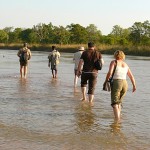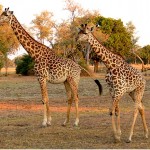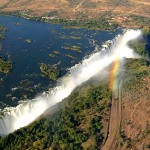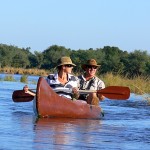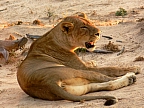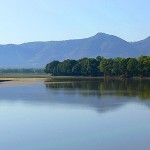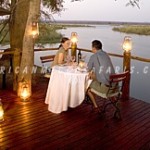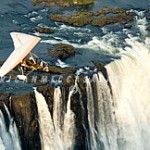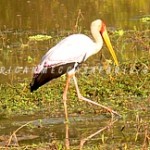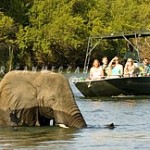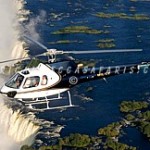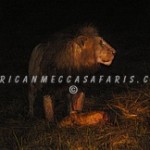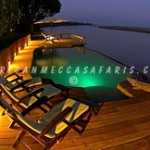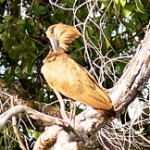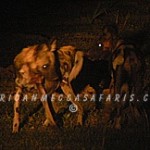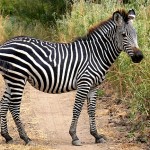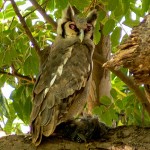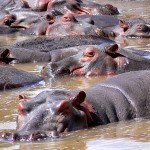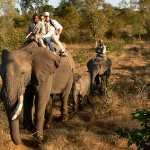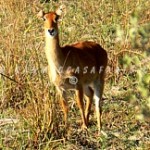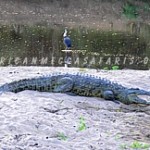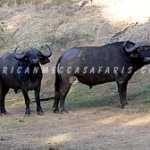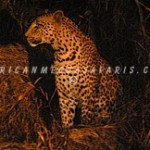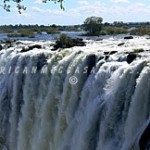Understand Safari Tier Ratings & Experiences In Zambia | Why Visit Zambia For Your Safari Vacation Or Holidays In Africa
ZAMBIA PEOPLE & LANGUAGE
Learn Nyanja (Chichewa) & Bemba Language Phrases For Your Travels To Zambia With AfricanMecca Safaris
Zambia has one of the lowest population to land ratio’s in Africa. Only 15 million people in a country half the size of Europe. The employment opportunities offered in the post independence era in the copper mines and associated industries led to a strong rural-urban migration. The result has been to make Zambia one of the most urbanized countries in Africa. About one fifth of the population lives on the Copperbelt to the north of the capital, but the biggest concentration of people is in Lusaka itself with an estimated population of over 2 million. This has resulted in massive tracts of uninhabited land across the country.
With over 70 different tribes in Zambia, there is wide cultural diversity. Interestingly enough, it is one of the few countries in Africa with very little tribal conflict, and the existence of so many tribes has proved less of a political problem than in many other African states. The Main tribes are the Lozi, the Bemba, the Ngoni, the Tonga, the Luvale and the Kaonde.
Lozi Community: The Lozi migrated into Western Zambia from the Luba Lunda Kingdom of Mwata Yamvwa in Zaire, which was one of the greatest central African Chieftainships in the 17th and 18th Century. After some centuries they were conquered by the Makalolo from the South, fleeing themselves from the great Zulu conqueror, Shaka. They left their language, Sikololo as the lingua franca of the Barotse plains and imposed much of their cultural tradition on the area. The Lozi people eventually rose up against them in 1864 and all but annihilated them. Their Chief is called the Litunga and they are essentially cattlemen. Every year they migrate to higher ground above the barotse floodplains of the Zambezi in a grand ceremony called the Kuomboka.
Ngoni Community: Originally from South Africa, also fleeing the Great Shaka Zulu, the Ngoni migrated into Eastern Zambia and adopted the fighting tactics of Shaka. They conquered indigenous tribes there with ease. The day they crossed over the Zambezi was a momentous occasion marked by an eclipse of the sun and ceremonial beer drinking, stories of which are still told to this day. They ruled this area in peace until they were conquered by colonial government in 1897 with troops coming in from Nyasaland (Malawi) Their warlike festival of Nc’wala was suppressed until independence and then revived. Now, with leopard skin, knobkerrie and shield, Paramount chief Mpezeni represents a tradition which has all but lost its language, except for Mpezeni’s praise singer. Today the Ngoni speak Chichewa, the language of the people they conquered. With the break up of their military system, the power of the Ngoni declined and in the East today, the traces of Ngoni ascendancy are few. Many of their cultures remain however and at the annual Independence celebrations every October, their dancers are well known.
Tonga Community: Among the most numerous in Zambia, archaeological evidence proves their existence for at least 900 years in the Southern province. Six centuries ago, one of the areas where they now live, the Zambezi Valley, was a flourishing trade center. Here there was brisk trade between the valley people and the Arabs, Chinese and Indians on the East coast of Africa. One form of currency used was a copper ingot cast in the form of a cross.
Lunda Community: Now living in the Luapula area and North Western Provinces, the Lunda people are descendants of the original Mwata Yamvwa Chieftainship in Zaire.
The Bemba Community: Representing some 18% of the population, the Bemba, along with the Lunda recognize an almost legendary place called Kola as their land of origin. Historically they were nomadic hunter gatherers. Their paramount chief is called the Chitimukulu. When copper mining began in earnest on the Copperbelt, the Bemba speaking people came down for jobs in force.
Kaonda Community: The Kaonde People can be found in Solwezi, Kasempa and Chizera districts of North Western Province and in Kaoma in the Western province. The Kaonde like the Lunda are the descendants of the famous Luba-Lunda Empire of Zaire. The Kaonde were among the first Zambian tribes to carry out the mining of copper and archaeological evidence at the Kansanshi Mine in Solwezi dating back to the iron age period proves this.
Luvale Community: Coming from the North of Lake Tanganyika, their first chief was a woman named Kenga Naweji. Descendants of these people are the Valuvale, Valuchase, Vambunda, Vachokwe and Vaviya Tribes living in the North Western provinces. The Luvale were for centuries great travellers and traders, much of their culture recalls their contact with the Portuguese on the Angolan coast, five hundred years ago.
English is the official language in Zambia. Local languages spoke Bemba, Lozi, Lunda among other Bantu tongues.

